
Prevent getting injuries from working daily at a computer
When working in front of a computer screen, the muscles in the neck and shoulders are constantly at work. The muscles work to stabilize the hands, shoulders, and head in the many repetitive small movements, so some of the small muscles are therefore constantly at work for many hours.
But you can prevent and reduce pain by moving your body while working.
We'll help you getting more variety in your work life.
5 tips for a healthy office life
Vary your working positions during the day
Change your sitting position on the chair several times.
Get up in standing position several times.
If possible, change your chair occasionally.
Move around your computer, mouse and keyboard
Move the keyboard further away or closer occasionally.
Move the mouse to the other hand, further away or towards the center etc.
Adjust the computer screen so that you alternate between height and distance.
Use shortcut keys (if necessary, have a printed overview of shortcut keys).
Switch between using a keyboard/mouse/mousetrapper/tablet.
Take active breaks away from your workstation
Take micro breaks of 2-5 minutes – take a short walk around the building, go get a cup of coffee/tea/water.
Do elastic band exercises – invite your coworkers to join and plan a fixed time daily.
Move your workplace
Find another location (another table or room) when your tasks allow it, for example while reading documents.
When possible, hold your meeting by walking (walk and talk) For example in a 1:1 conversation.
Go for a walk when you have phone conversations that does not require a screen.
Listen to your body
Notice how you feel while working.
If you tense up in your hands, neck, shoulders - then try to relax your hands a little and lower your shoulders.
Exercises to do at the office
When you move, you give your neck and shoulders a break from the stationary position in front of the computer screen.
Physical activity and strength training in particular are effective against pain in the neck and shoulders. Research has shown that with just two minutes of daily exercise with elastic bands, you can avoid long-term pain and have less discomfort in your neck and shoulders.
The following are examples of relevant strengthening exercises for the neck and shoulders.
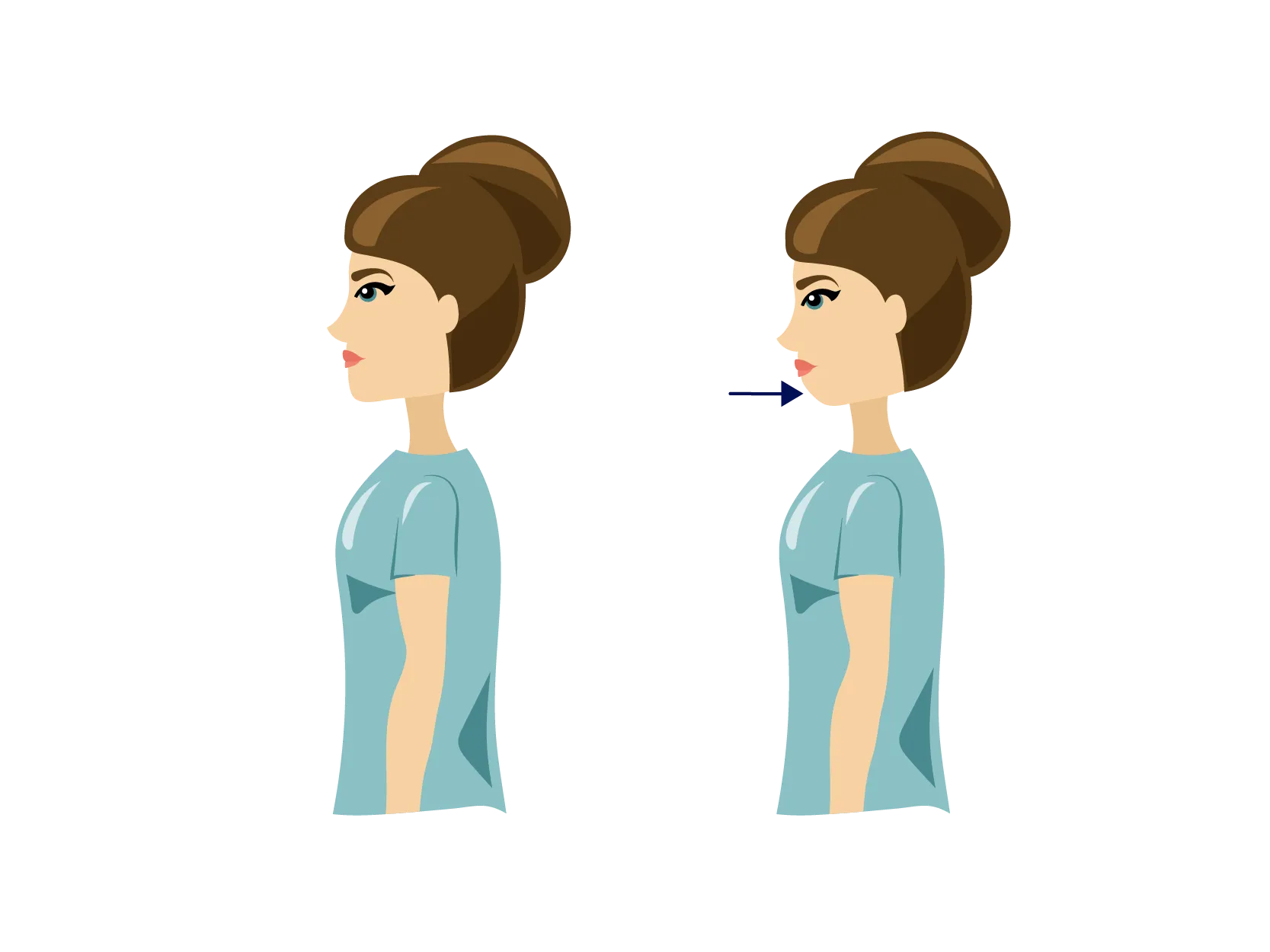
Double chin exercise
Repetitions: 6 repetitions (preferably several times a day)
How to do it: Sit on a chair and pull your chin in so that you get a "double chin". Hold the position for 15 seconds. and release slowly again.
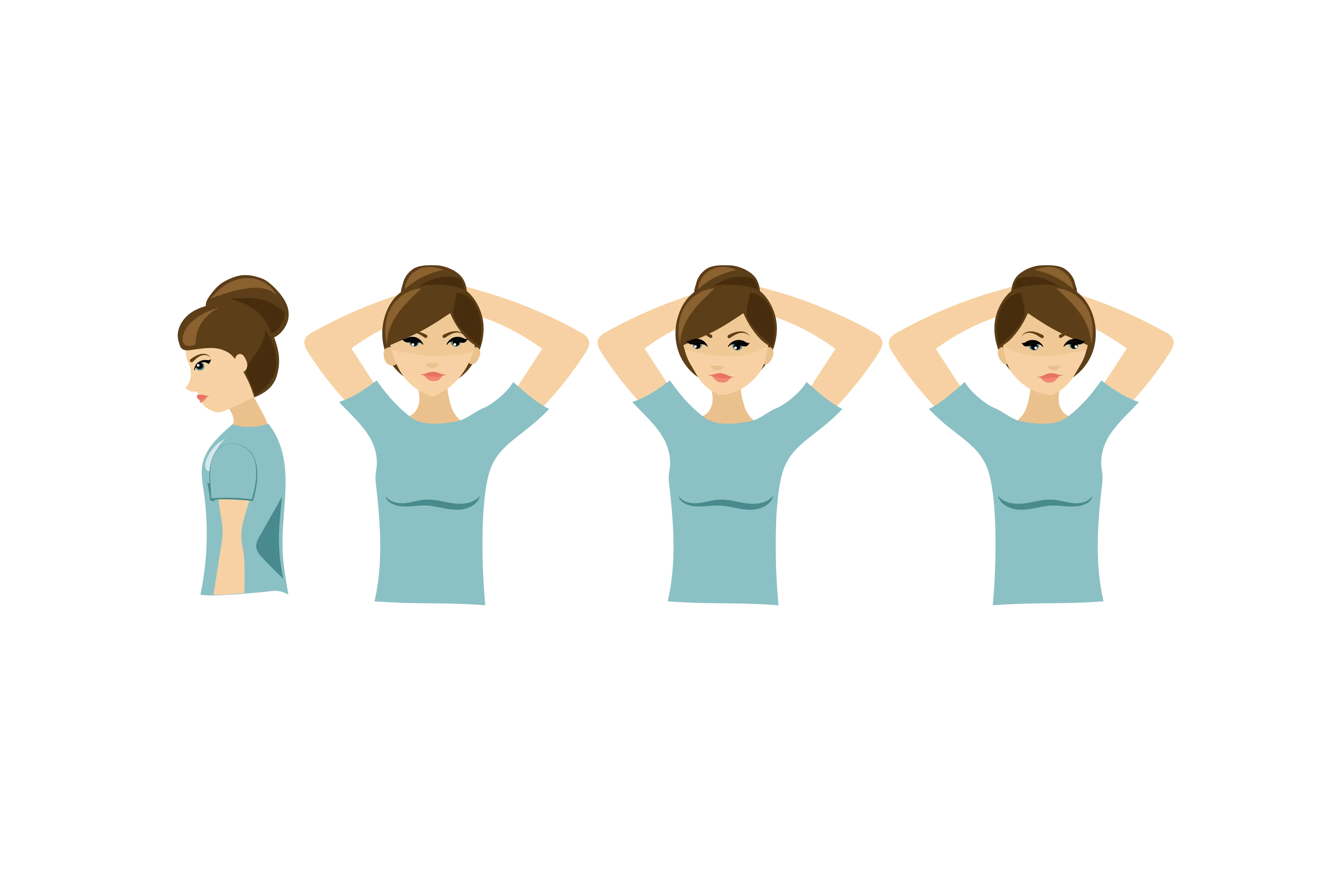
Neck stretch
Repetitions: 6 repetitions (preferably several times a day)
How to do it: Place both your hands on the back of your head, pull your chin back and gently press your chin down towards your chest so that you feel a stretch in the middle of the back of your neck. Hold the position for 15 seconds. Now turn your head to one side while keeping the pressure on your head and hold the position for 15 seconds. Finally, turn your head to the opposite side while keeping the pressure on your head and hold the position for 15 seconds.
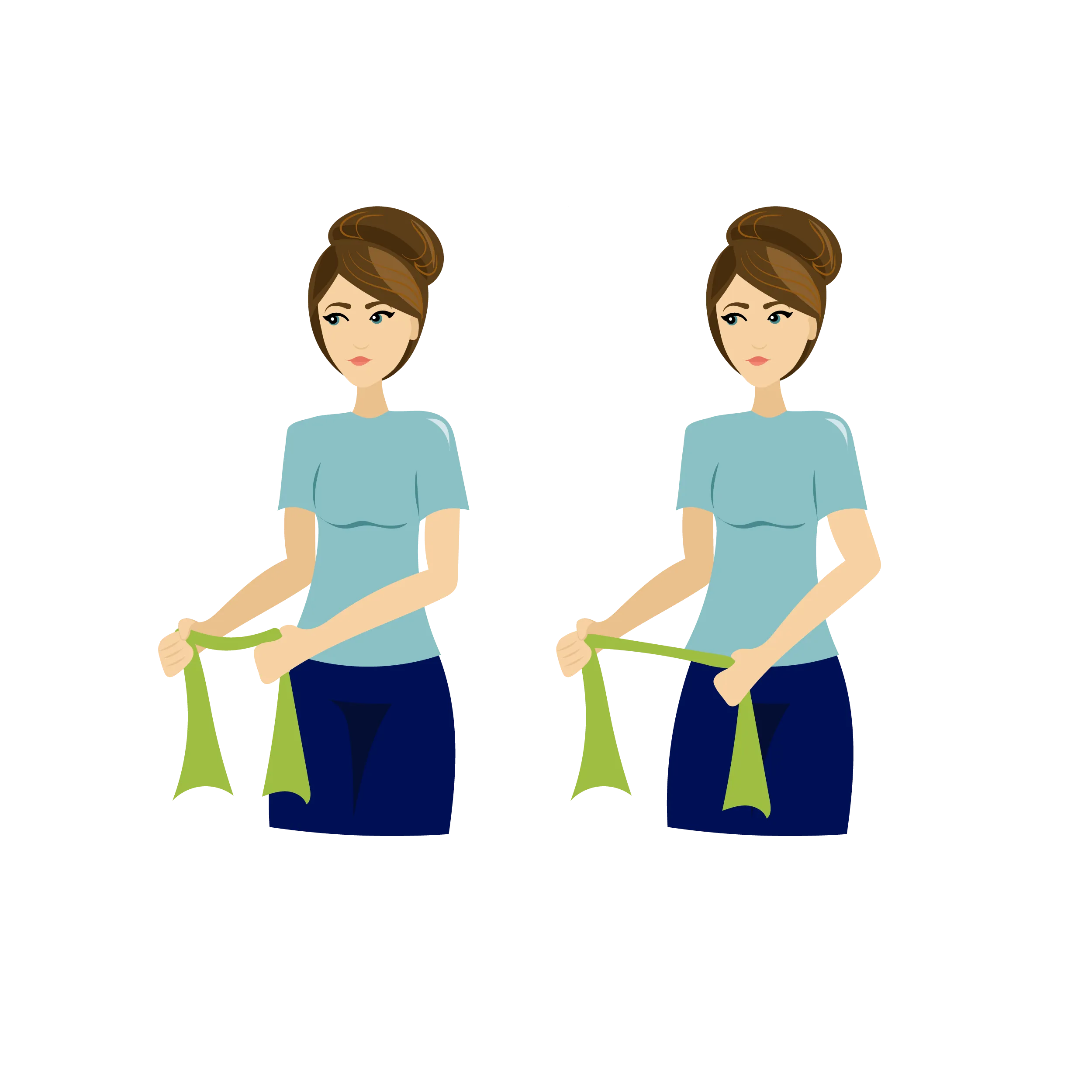
Newspaper exercise
Repetitions: 3x10 repetitions
How to do it: For this exercise, you need an elastic band. Stand with your elbows bent at 90° and hold the elastic between your hands - there should be some tension on the elastic. Make sure your thumbs are pointing up. Keep your elbows in towards your body while pressing your forearms outward. Slowly return back to the starting position.
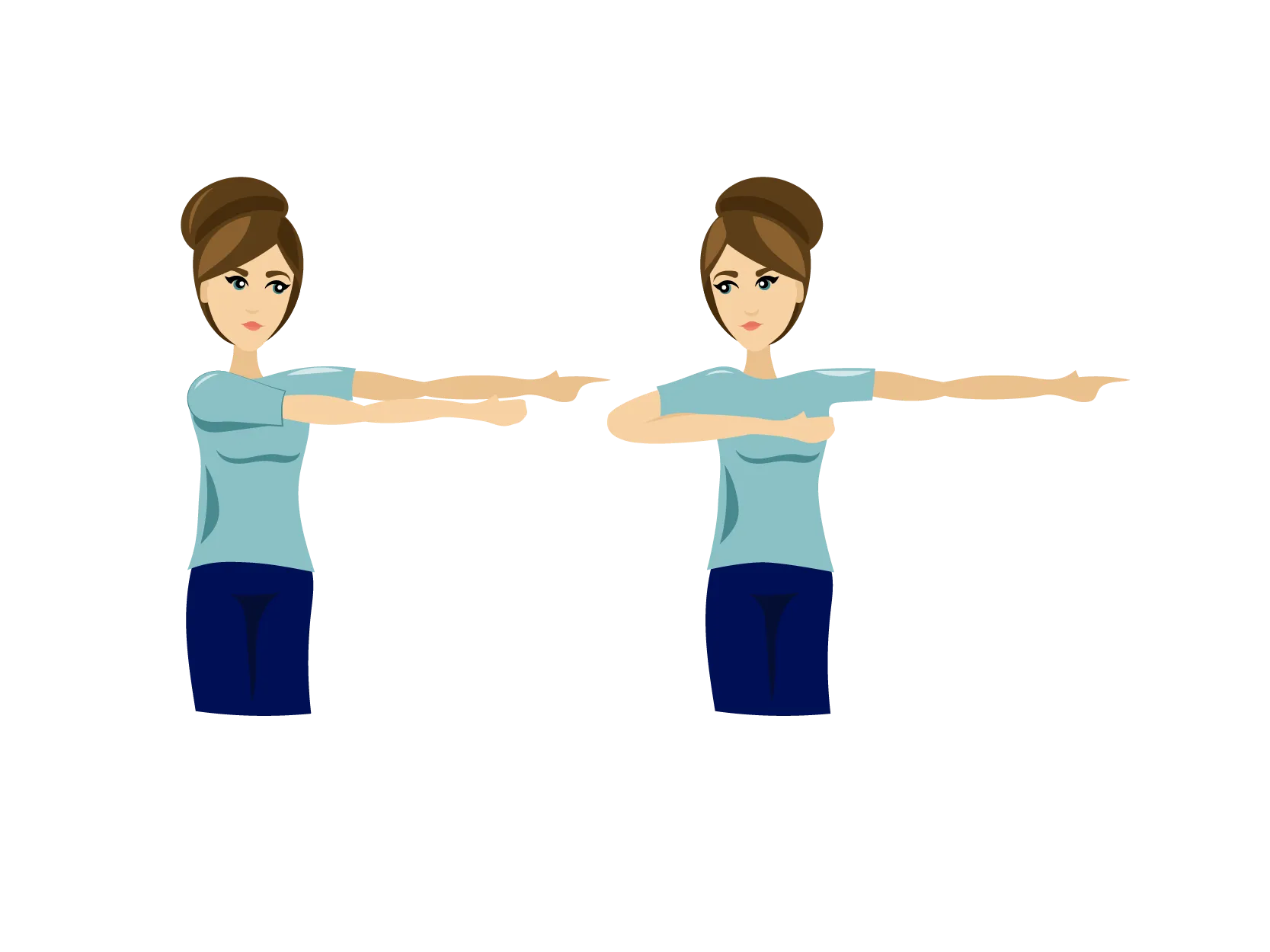
Stability 1
Repetitions: 2x10 repetitions with each arm
How to do it: Stand in a crotch position with both feet pointing forward. You must keep your arms horizontal from the shoulders and pointing straight ahead. Imagine you are holding a bow and arrow. "Strengthen the bow" by bringing one elbow tip backwards. Follow the movement with your eyes. Slowly return back to the starting position.
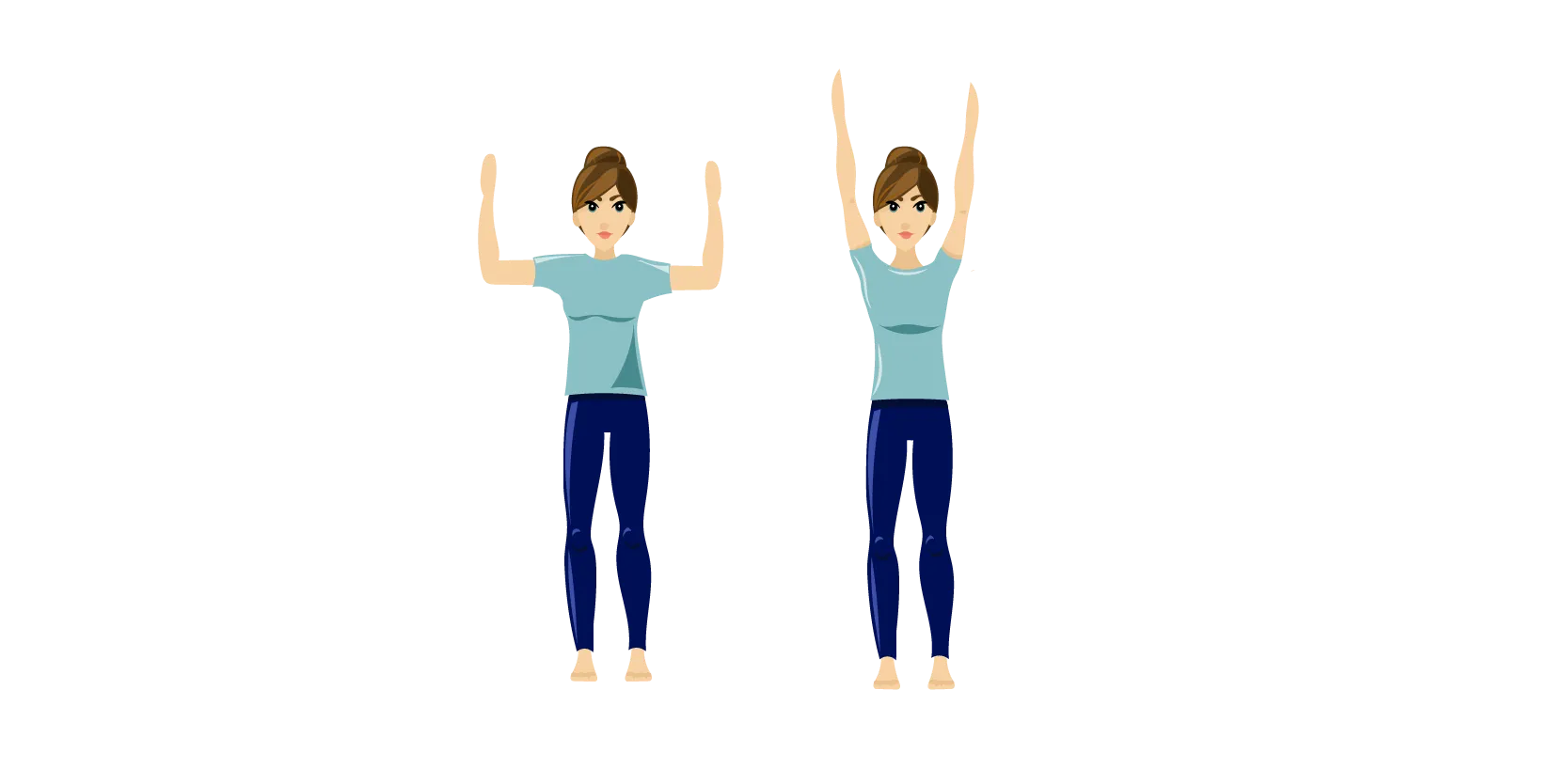
Stability 2
Repetitions: 2x10 repetitions
How to do it: Stand with your back against the wall. Pull your chin in and press your head lightly against the wall. Hold your arms out to the side with elbows 90° and fingers spread. Press your forearms against the wall and bring your arms along the wall up above your head and back in a circular motion. The exercise must be felt between the shoulder blades, but it must not hurt the shoulder joint itself.
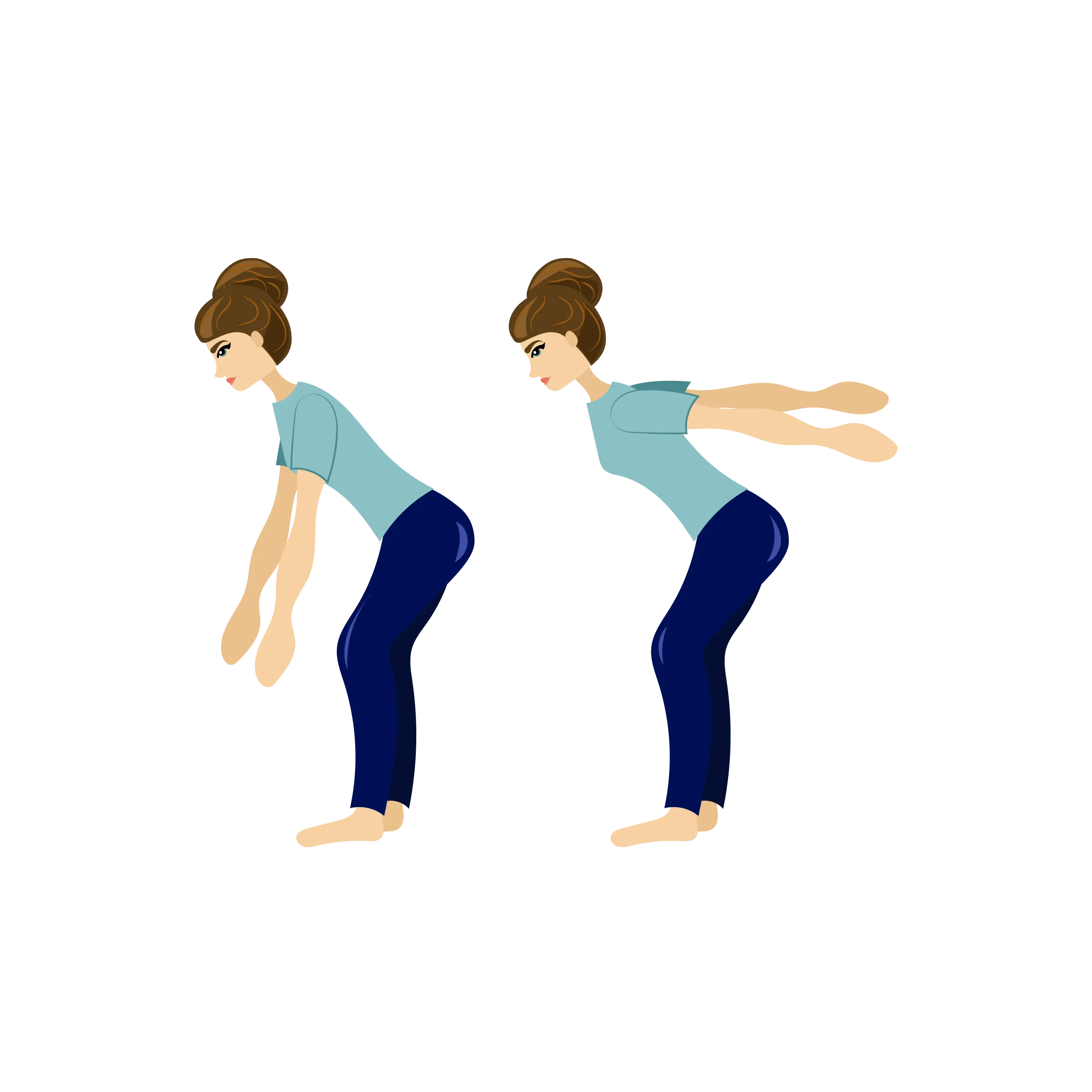
Stability 3
Repetitions: 2x10 repetitions
How to do it: Stand with your legs hip-width apart and bend your knees slightly. Bend your upper body diagonally forward and extend your arms out to either side in front of your shoulders. Move your arms out to either side as if they were wings. Think about pulling your shoulder blades together. The upper body is kept in the same position throughout the exercise.

